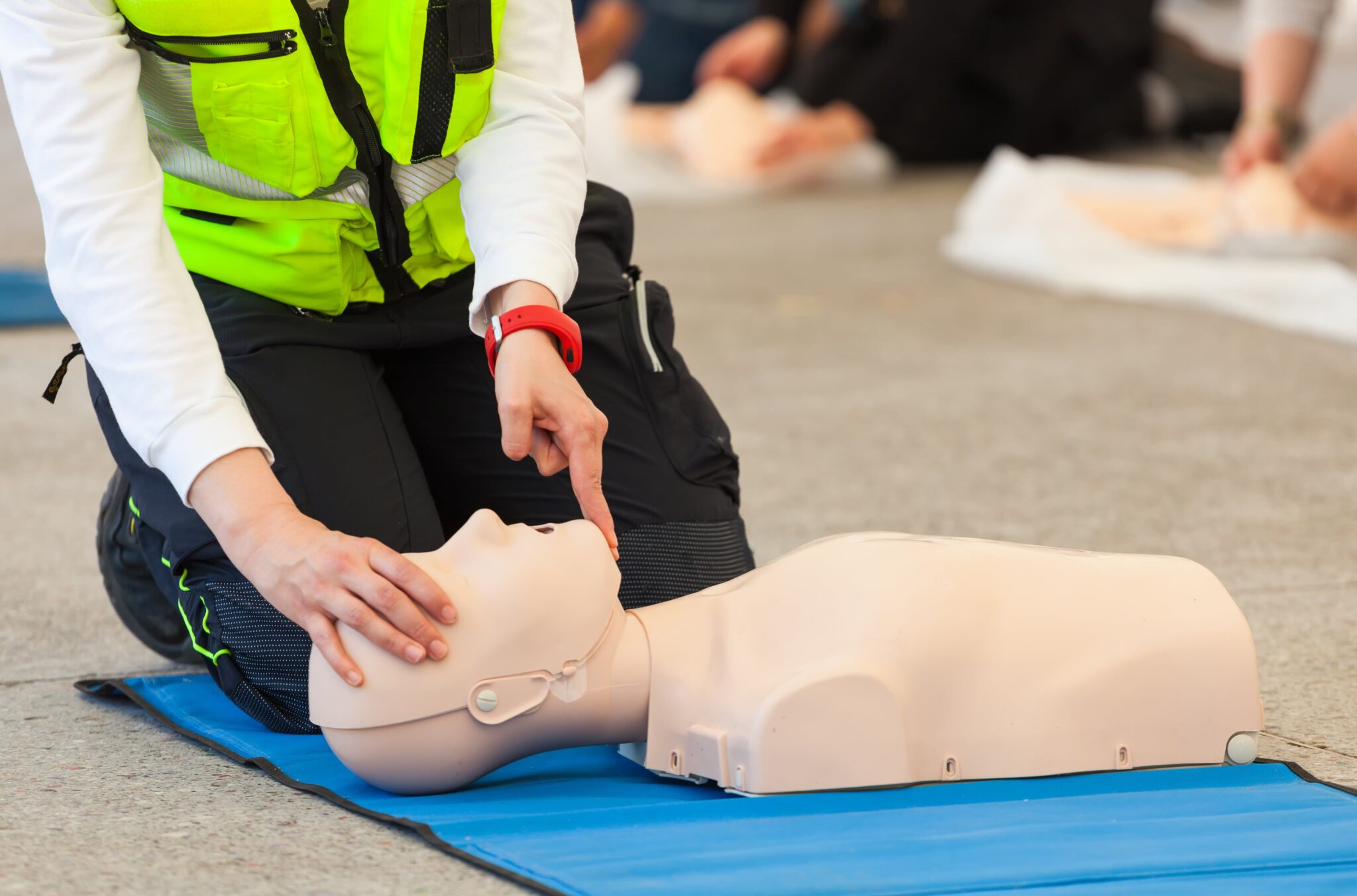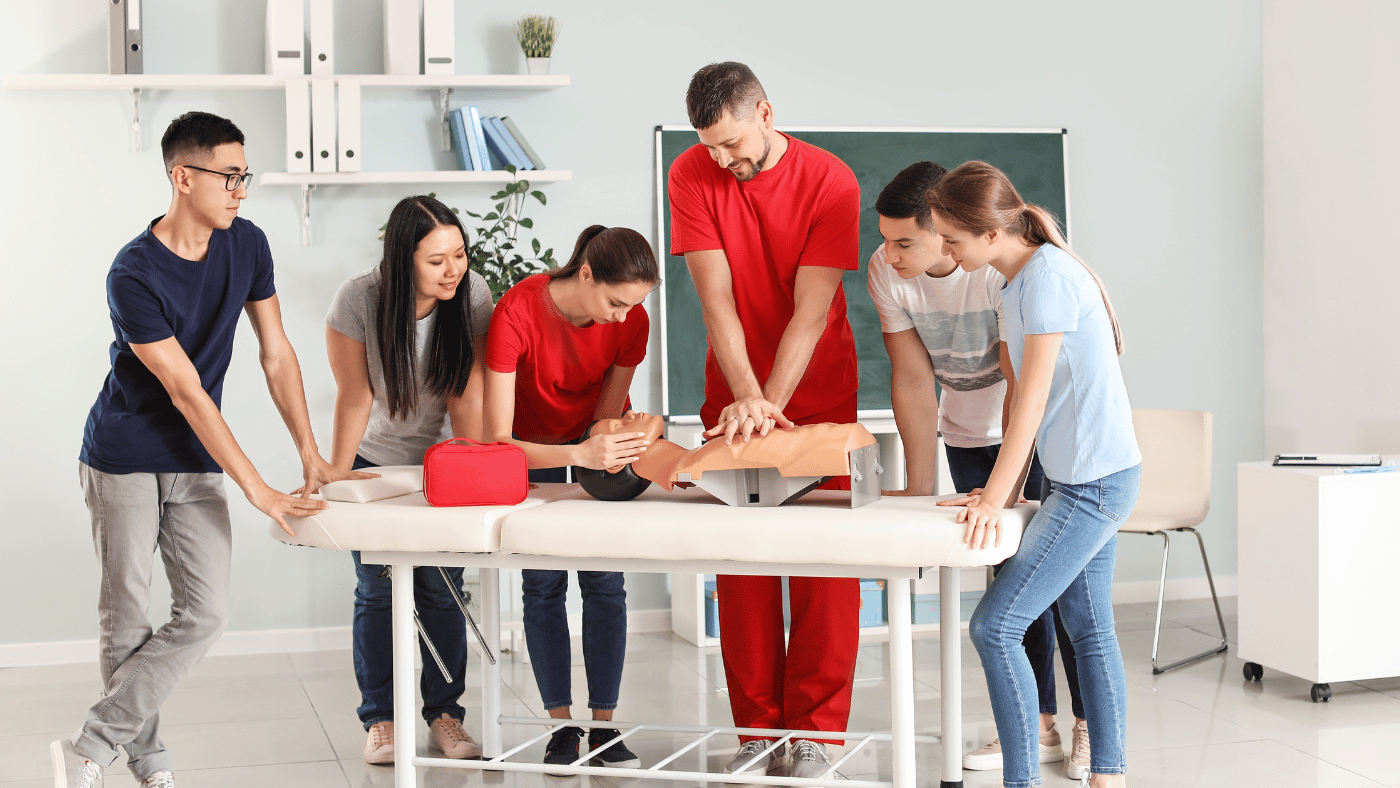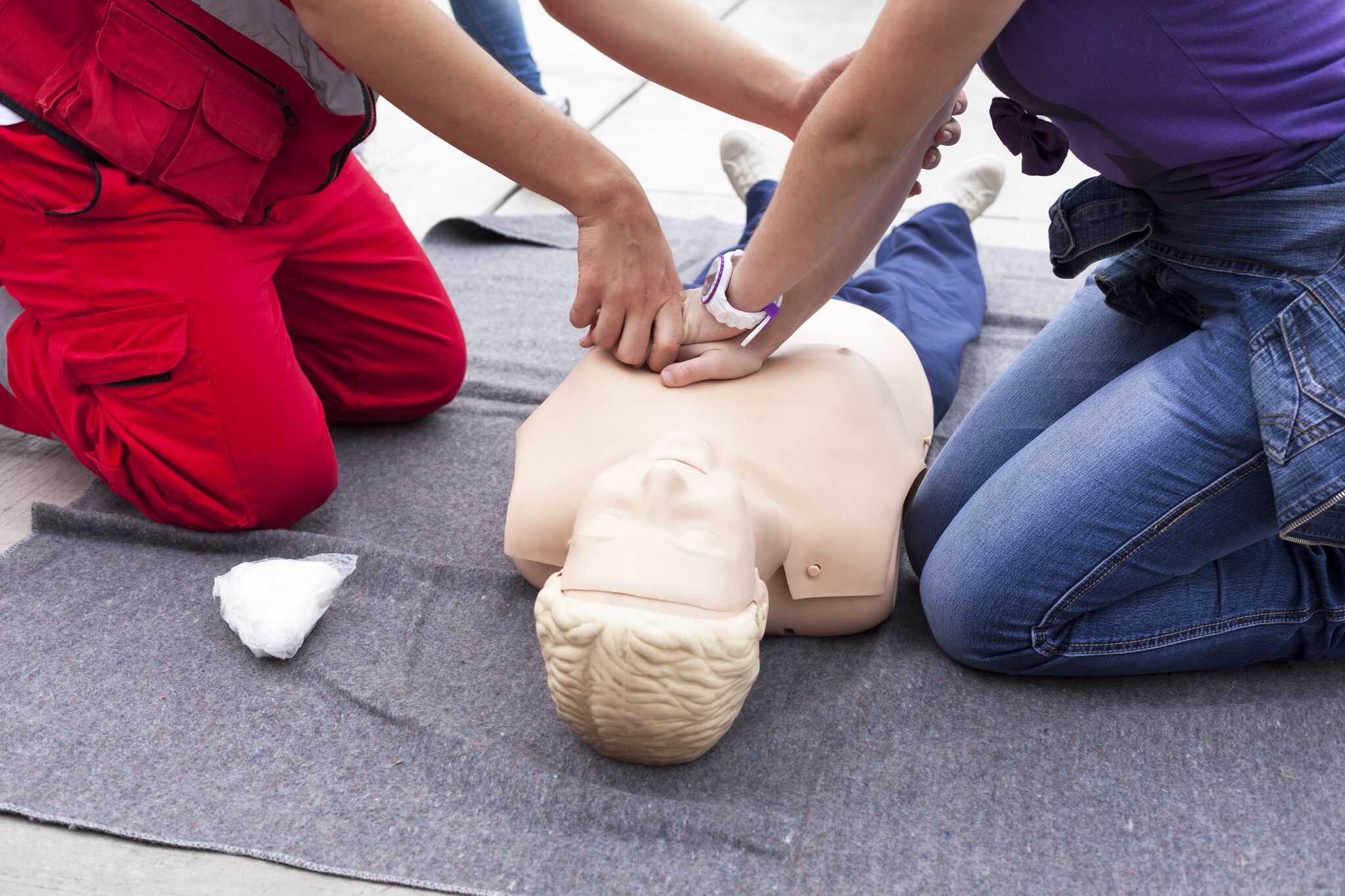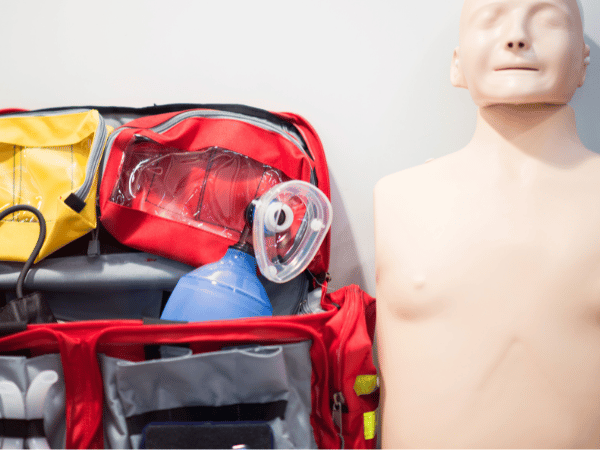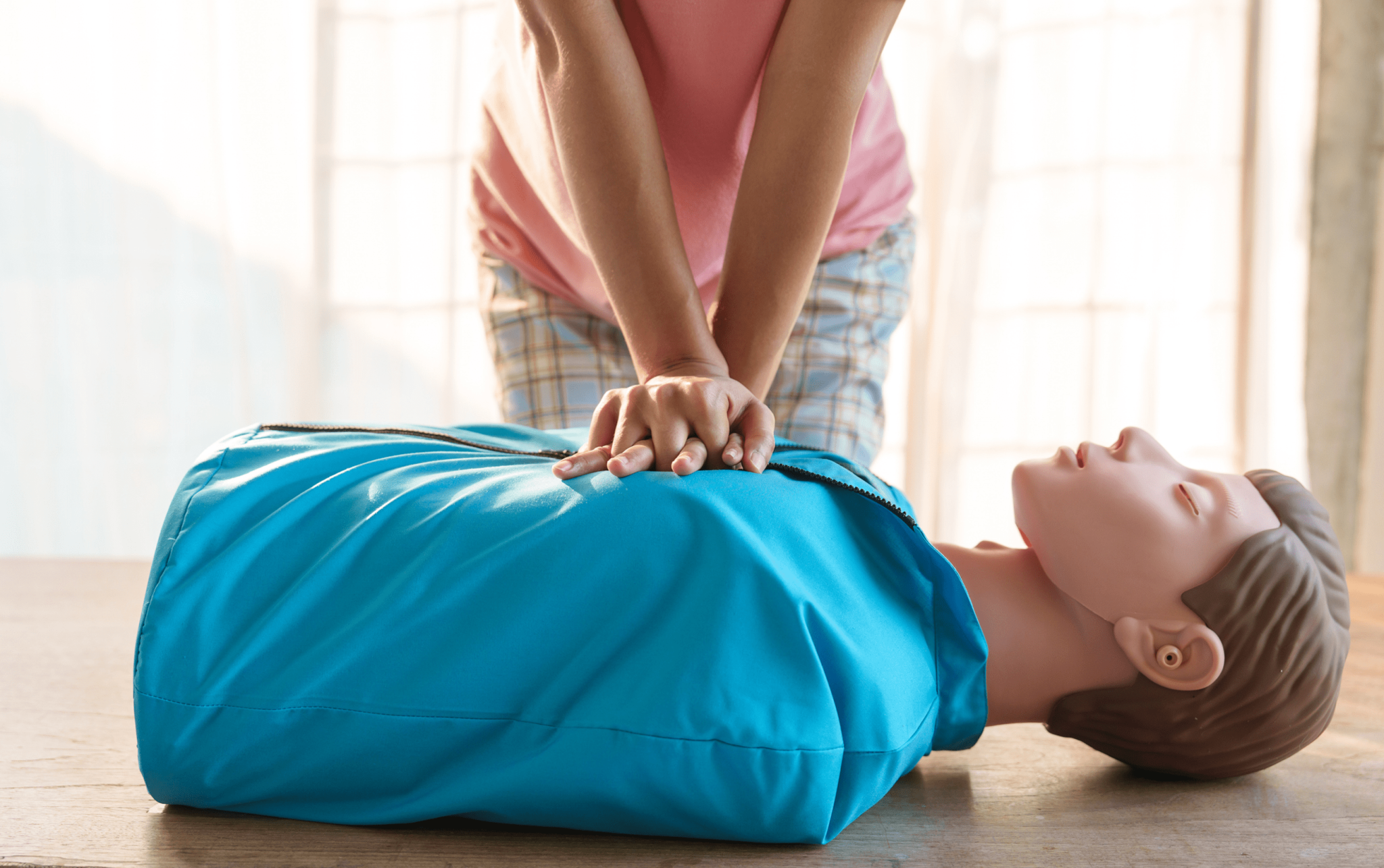Cardiopulmonary resuscitation (CPR) is a crucial life-saving skill that everyone should learn. Whether you’re a healthcare provider, educator, or concerned bystander, understanding how to respond effectively in an emergency can mean the difference between life and death. CPR classes provide comprehensive instruction, hands-on training, and certification that equips participants to respond confidently in emergencies.
Below, we will explore what a CPR class entails, what you can expect during training, and how to obtain certification.
What a CPR Class Covers: Core Skills and Techniques
CPR classes are designed to provide participants with the skills they need to respond quickly and effectively to cardiac arrest situations. These classes are structured to ensure participants understand essential life-saving techniques, including:
- Chest Compressions: Proper hand placement, compression depth, and compression rate are emphasized to ensure effective blood circulation.
- Rescue Breaths: Participants learn to deliver effective rescue breaths, ensuring oxygen reaches the victim’s lungs.
- AED Use: Automated external defibrillators (AEDs) are critical in restoring heart rhythms. CPR classes teach participants how to operate an AED safely and confidently.
- Choking Relief: Techniques for relieving choking in adults, children, and infants are covered, ensuring participants can address a range of emergencies.
- Basic Emergency Response: Participants are trained to assess the scene, call 911, and ensure their own safety while helping others.
Hands-On Training: What to Expect During Practice Sessions
Practical application is an essential component of CPR classes. Hands-on training provides participants with the opportunity to practice life-saving skills in a controlled, instructor-led environment.
During practice sessions, participants will:
- Practice on Mannequins: CPR mannequins provide realistic scenarios for participants to practice chest compressions, rescue breaths, and choking relief techniques.
- Simulate Real-World Emergencies: Instructors guide students through various emergency scenarios to reinforce proper decision-making under pressure.
- Receive Instructor Feedback: Certified instructors provide immediate feedback to help participants improve their technique and build confidence in their skills.
Understanding the Importance of High-Quality Compressions
High-quality chest compressions are one of the most important aspects of CPR. Effective compressions help circulate oxygenated blood throughout the body, especially to vital organs like the brain and heart. Participants are trained to:
- Compress the chest to the recommended depth (about 2 inches for adults).
- Maintain a steady compression rate of 100-120 compressions per minute.
- Allow for full chest recoil between compressions to enable the heart to refill with blood effectively.
Learning to Use an AED in an Emergency
An AED is a portable device that delivers an electric shock to help restore a normal heart rhythm. Knowing how to operate an AED effectively is a vital part of CPR training. Participants will learn:
- How to identify when an AED is needed.
- How to attach AED pads properly to the victim’s chest.
- How to follow the AED’s audio and visual prompts to administer a shock safely.
How to Obtain CPR Certification After Your Class
Many CPR classes offer certification upon successful completion. Earning your certification demonstrates that you have the knowledge and skills needed to respond in a life-threatening situation.
The CPR Certification Process
- Complete the CPR Course: Attend the full training session, including both lecture and hands-on practice.
- Pass the Skills Test: Instructors will assess your ability to perform chest compressions, rescue breaths, and AED operation correctly.
- Take a Written Exam (if required): Some CPR classes include a brief written exam to assess your understanding of key concepts.
- Receive Your Certification Card: Upon successful completion, participants receive an official American Heart Association certification card, valid for two years.
How Long CPR Certifications Last and When to Renew
CPR certifications are typically valid for two years. To maintain your certification, you must complete a renewal course before your certification expires. Renewal classes are shorter than initial training courses and focus on refreshing your skills and knowledge.
It’s essential to stay up to date on CPR techniques and guidelines, as procedures may change over time. Attending renewal courses ensures you maintain your confidence and readiness to respond in an emergency.
Who Should Take a CPR Class?
CPR classes are beneficial for a wide range of individuals, including:
- Healthcare Providers: CPR certification is often a requirement for doctors, nurses, paramedics, and other healthcare professionals.
- Educators and Childcare Providers: Teachers, daycare staff, and school administrators are often required to maintain CPR certification.
- Fitness Trainers and Coaches: CPR knowledge is crucial for fitness professionals and athletic coaches who may encounter emergencies during training sessions.
- Parents and Caregivers: Learning CPR can give parents and caregivers peace of mind in case of an emergency.
- General Public: CPR skills are valuable for anyone who wants to be prepared to assist in an emergency.
Why Choose Safety Training Seminars for CPR Classes?
For those in the Fresno area, Safety Training Seminars offers high-quality CPR classes led by certified instructors. As a woman-owned American Heart Association (AHA) Training Center, Safety Training Seminars specializes in BLS, ACLS, PALS, CPR, and First Aid courses. Students receive an official American Heart Association certification card upon successful completion, valid for two years.
Our dedicated customer service team is available daily, including weekends, from 8 AM to 10 PM, ensuring that you have the support you need whenever you have questions or concerns. Whether you need CPR certification for work or want to be prepared to save a life, our experienced instructors are committed to providing comprehensive and accessible training.
Enroll in a CPR Class Today
Learning CPR can make a life-saving difference in emergencies. Whether you’re a healthcare professional, teacher, or parent, CPR certification equips you with the skills and knowledge you need to act confidently and effectively. Contact us today to register for a CPR class and become empowered to save lives.





